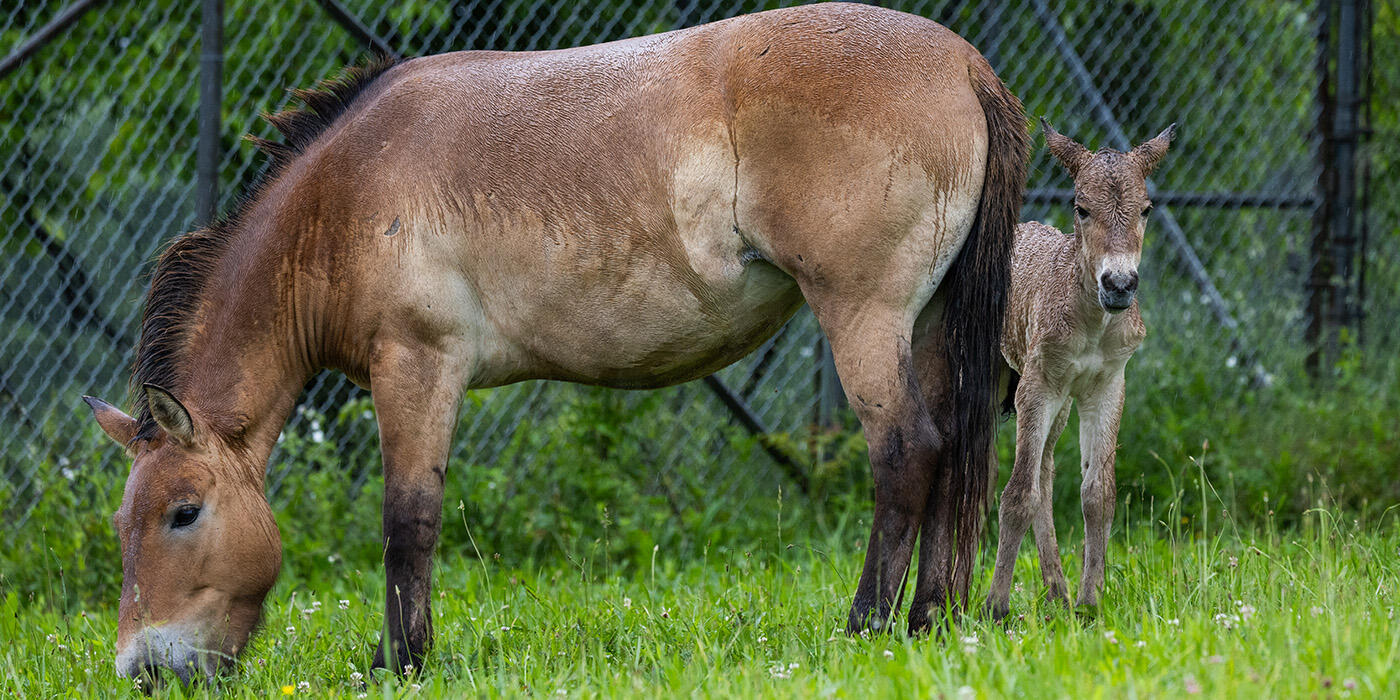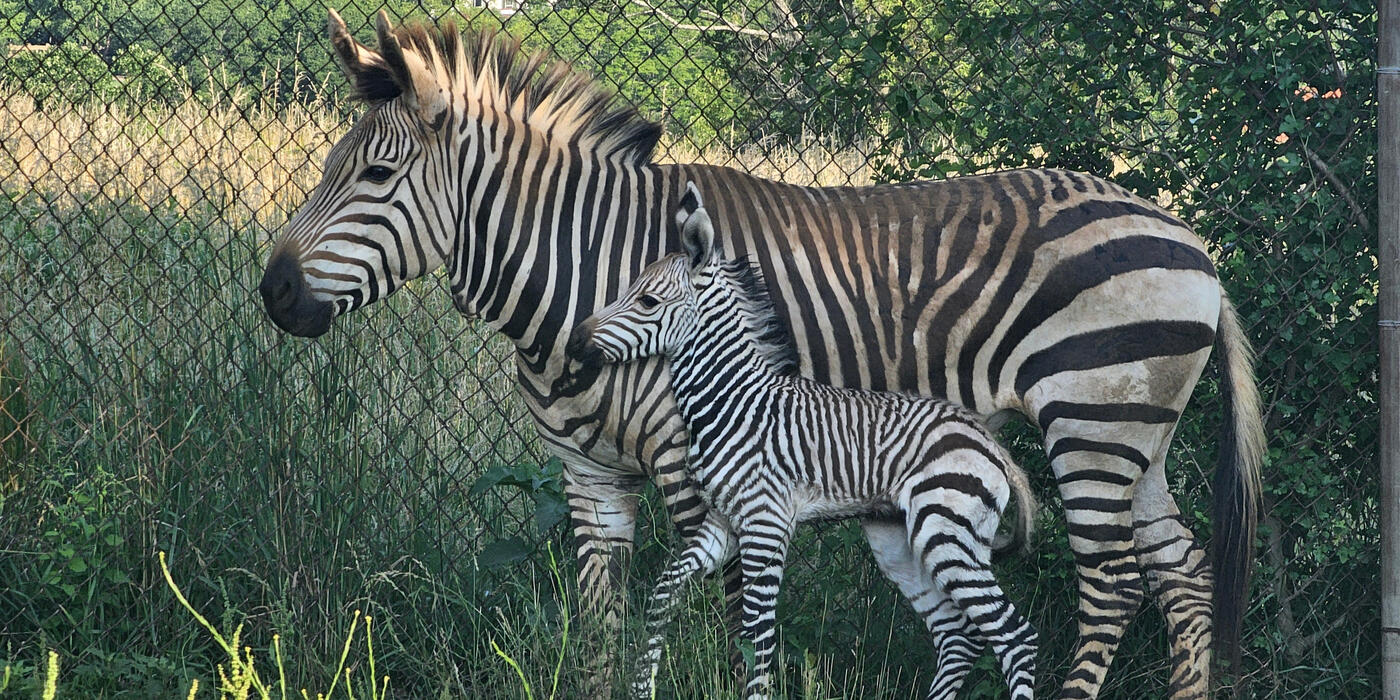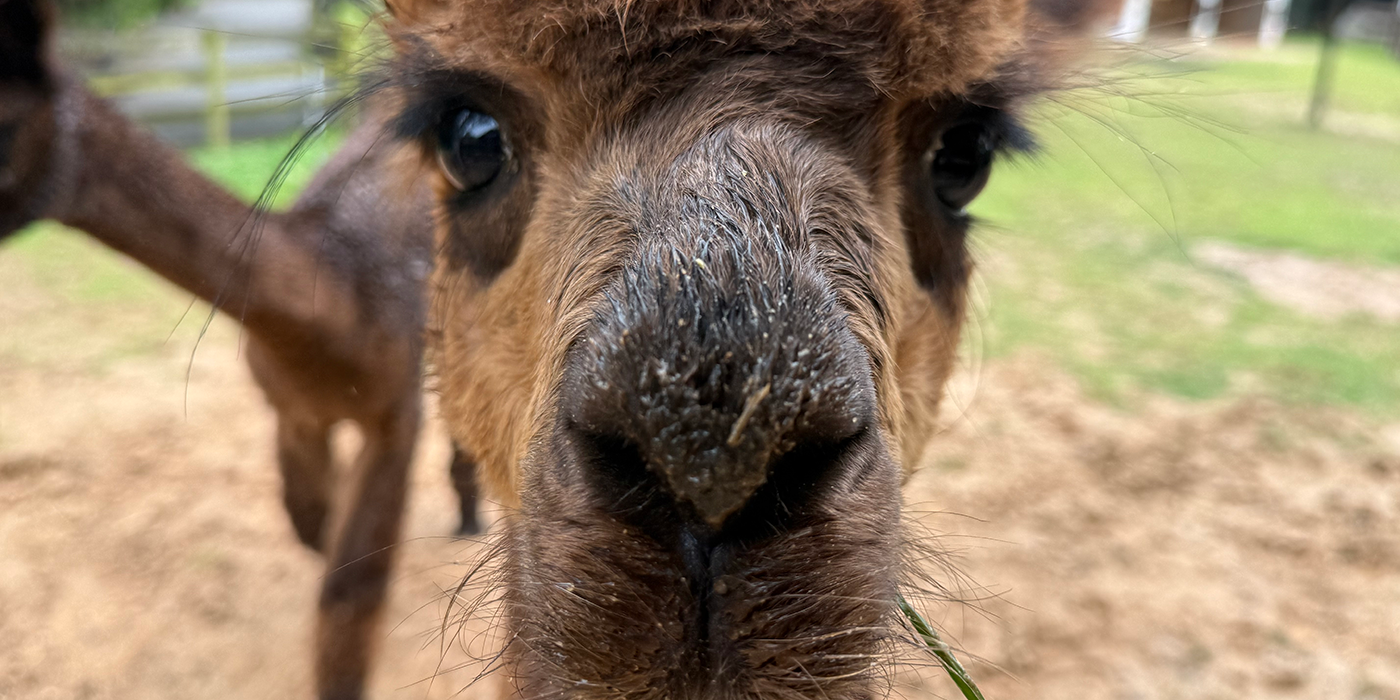Meet Vostok, the Zoo's New Amur Tiger
The next time you visit the Great Cats exhibit at the Smithsonian’s National Zoo and Conservation Biology Institute, be on the lookout for a bulky young Amur tiger.
A great place to check? The water-filled moat.
“He loves to swim. Even if the temperature outside is freezing, he’ll be in there,” said animal keeper Charlie Shaw.
To Shaw, who is Vostok’s primary keeper, seeing the 2-year-old tiger explore his new habitat is especially meaningful. It’s more than just interesting behavior—it’s the result of a process meant to help one of the most endangered animals on Earth feel welcome in a new environment.
A cooperative approach to tiger conservation
Vostok first arrived from the Minnesota Zoo in October 2024. His deep growls and aggressive body language made it obvious that the 350-pound tiger did not want to interact with his new caretakers.
Smithsonian/Charlie Shaw
That’s not unusual, said Shaw, because tigers aren’t always the most flexible when it comes to change. Their wild counterparts don’t travel in packs or herds for safety, he explained, so feeling comfortable is often rooted in situational awareness and control over their surroundings.
The Zoo participates in the Association of Zoos and Aquariums Amur tiger Species Survival Plan (SSP), an initiative to increase the population Amur tigers through carefully managed breeding.
The goal is to support endangered species like the Amur tiger by supporting the animals in the wild and at zoos. Increasing their population through breeding is a key part of the SSP strategy, explained Great Cats curator Craig Saffoe. Vostok’s arrival comes as the result of the Zoo’s engagement in this program.
So when tigers like Vostok are welcomed to the Zoo, he explained, animal care teams need to be able to lessen the burden on the animal and help them adapt. Fortunately, there’s a playbook for that.
Understanding tiger behavior
The Great Cats keeper team slowly introduced Vostok to his new surroundings, increasing his exposure to new sounds, smells, people and other nearby animals in his environment. They observed carefully, watching for behavioral cues that would indicate if the big cat was feeling overwhelmed.
Smithsonian/Charlie Shaw
“You have to let them talk back to you with their behavior,” said Great Cats curator Craig Saffoe. “When we’re working with [big cats], we always have to consider, ‘what is the animal showing you?’”
With each new experience, the Zoo team gave Vostok the choice to move forward or back off, effectively giving the tiger control of the situation.
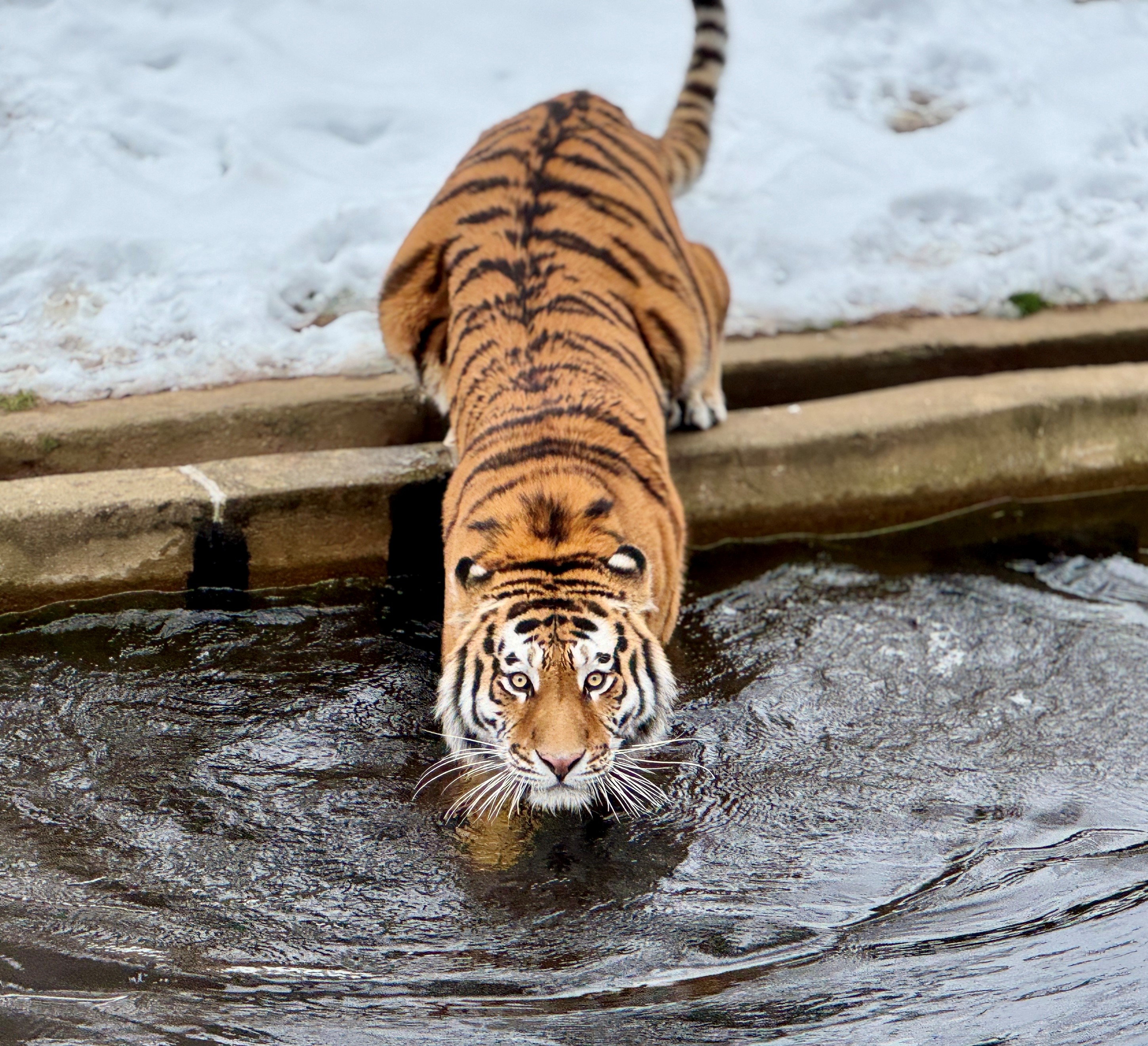
Smithsonian/Leigh Pitsko
Over time, Vostok’s nervousness began to let up.
While Shaw was originally greeted with Vostok's growls and barks—which he describes as sounding like a short, chilling roar—the keeper is now more likely to be met with a tiger version of peek-a-boo. “When I come over, he’ll peek his head around the corner. It’s sort of like a ‘oh, hey’.”
By December, Vostok seemed relaxed enough to safely explore his outdoor habitat. As the team watched, the tiger took to his outdoor yard immediately, exploring with curiosity and confidence.
Bringing back the Amur tiger population
Amur tigers are built for the cold, snowy forests of eastern Asia. Their pale coats and thin stripes offer natural camouflage among the foliage. Thick coats, fur-lined paws and short manes insulate these predators from the cold as they lie in wait, ready to ambush any deer or boar that happens by.
Sadly, less than 500 Amur tigers roam the wild today. Once common throughout eastern Russia, the Korean peninsula and northeastern China, they are extinct in most of their former range. Poaching and habitat loss continue to threaten the population, although the tigers are starting to make a comeback.
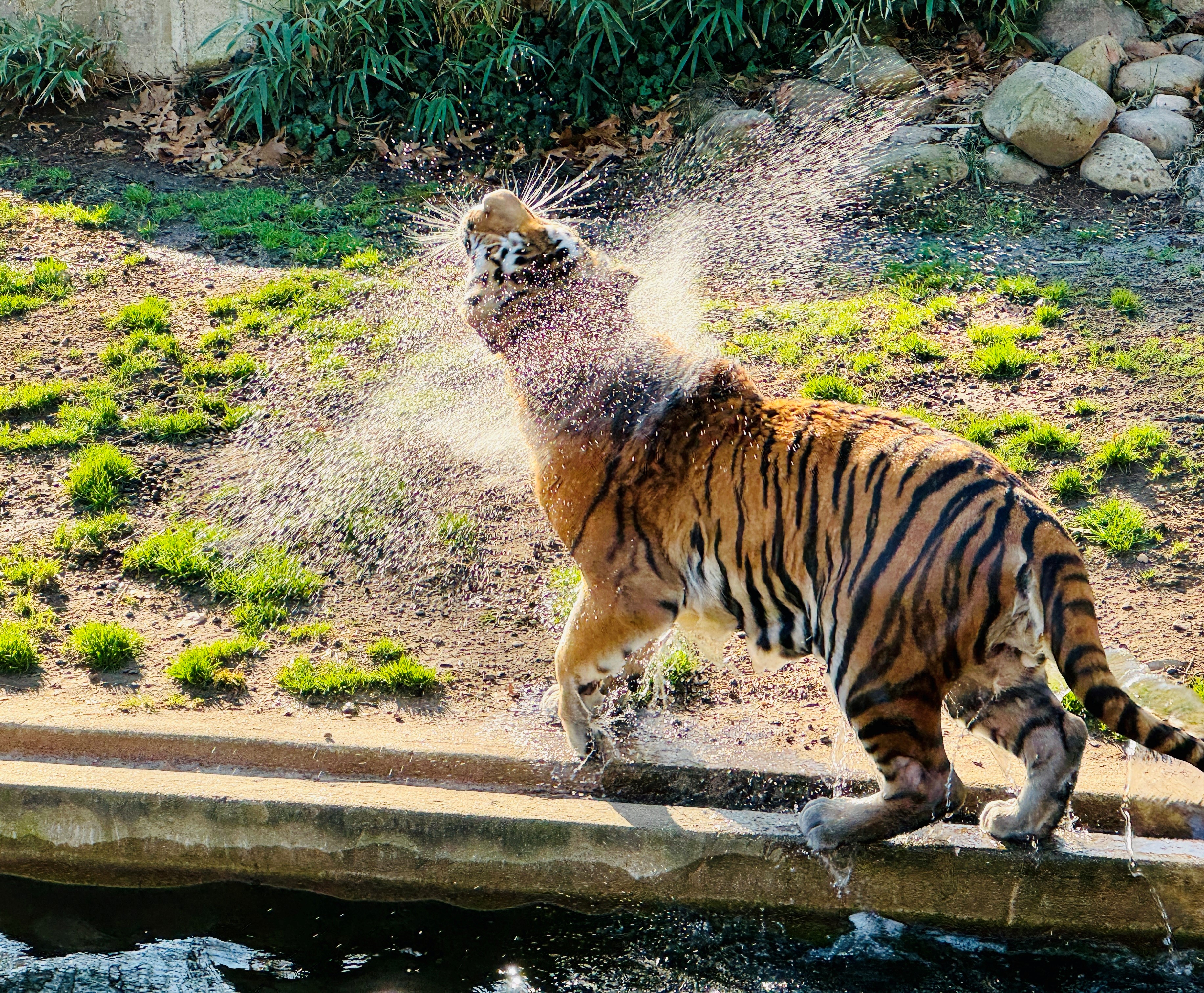
Smithsonian/Leigh Pitsko
Vostok may have to adjust to another change in the years ahead, explained Saffoe.
Tigers are solitary and territorial, except for when breeding. The young male lives alone now, but the SSP program has identified a genetically compatible match for Vostok. A female of his species is expected to arrive at the Zoo later this year.
If the tigers are a behavioral match, Vostok will eventually have a chance to contribute to the future of his species. A successful pairing is no guarantee. But as with any new arrival, the team is confident that they’re able to set both new tigers—and any potential cubs—up for success.
Part of the Smithsonian’s conservation efforts include connecting amazing animals like the Amur tiger with millions of guests each year. Discover how you can help save species. Plan your visit today.
Related Species:

